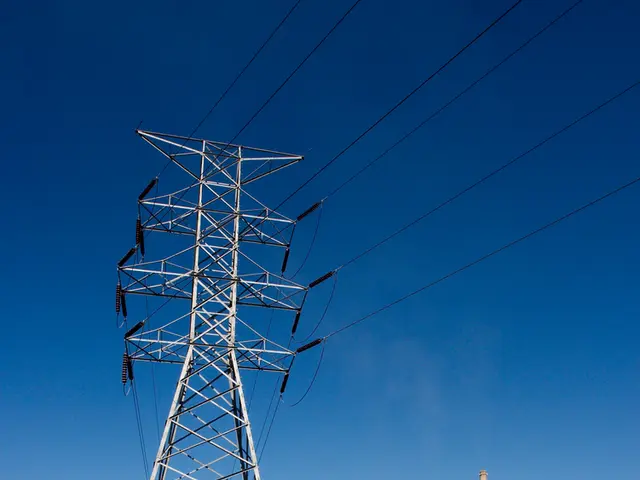Drones for Agriculture and Distance-Based Observation
Get to Know Agri-Drones and Their Game-Changing Impact on Precision Agriculture
Embracing innovation has never been more crucial as farmers face complex challenges such as climate change, resource diminishment, and a rapidly growing global population. To navigate these hurdles, many are turning to technology, particularly Agri-Drones and Remote Sensing, which marry cutting-edge tools with data-driven insights to revolutionize farming practices. These advancements aren't just making agriculture more efficient – they're making it more accessible for farmers worldwide.
Here's a breakdown of how these fantastic flying machines can help:
- Remote Sensing Functions: Agri-Drones, equipped with highly-advanced cameras and sensors, transform tasks such as planting, monitoring, irrigating, and harvesting by providing farmers with essential data about their fields without the need for human labor. Meanwhile, Remote Sensing comes into play by offering the ability to analyze crop health and potential across massive farmlands with the power of satellite data.
- Crop Monitoring: Remote Sensing technology is transforming the way farmers perceive their crops with high-resolution imagery and infrared sensors. This allows them to obtain intricate details about vegetation health, coverage, and stress levels. Early detection of factors such as nutritional deficiencies, diseases, or pest infestations helps farmers take timely and targeted action to improve crop yields and overall productivity.
- Pest Control: Through thermal cameras and multispectral sensors, Agri-Drones enable farmers to identify issues that are invisible to the naked eye. Equipped with this valuable information, farmers can apply pesticides with pinpoint accuracy, minimizing wastage and reducing environmental damage. These tiny helpers even reach hard-to-traverse areas, such as steep terrains or waterlogged fields.
- Automation: Artificial Intelligence is the backbone behind transforming Agri-Drones into super-intelligent and autonomous tools. AI algorithms not only perform data analysis but also generate actionable insights to promote efficient farming practices. Take, for example, AI drones that learn from past data and continue to update their analysis skills over time, creating a steady improvement in agriculture monitoring.
- Real-Time Data: Real-time data is the modern farmer's secret weapon, and Agri-Drones are providing it by the truckload. With frequent data collection, farmers can make quick decisions when faced with problems like water shortages or pest outbreaks, fostering agility and minimizing crop losses.
By adopting Agri-Drones and Remote Sensing technologies, farmers are not only creating more viable and productive farming practices but also contributing to a greener and more sustainable planet. So, buckle up, folks – it's time to take a ride into the future of farming!
- Additional Reading: For a deeper dive into smart farming using AI and IoT, check out our related article, "Automated Farming"!
- Incorporating artificial intelligence into Agri-Drones is transforming them into super-intelligent and autonomous tools that can continue learning and updating their analysis skills over time.
- Embracing drone technology in precision agriculture, such as Agri-Drones, not only enhances farming efficiency but also makes it more accessible for farmers worldwide.
- Machine learning algorithms in Agri-Drones analyze crop data to provide farmers with valuable insights for efficient farming practices, leading to higher yields and overall productivity.
- Deep learning, incorporated into remote sensing technology, allows for high-resolution imagery and infrared sensors to detect crop health issues, enabling farmers to take targeted action early and minimize losses.
- By adopting technology like robotics, machine learning, and deep learning in education-and-self-development courses, students can gain knowledge that prepares them for a career in agriculture and technology, fostering innovation in the sports, science, lifestyle, and technology sectors.








